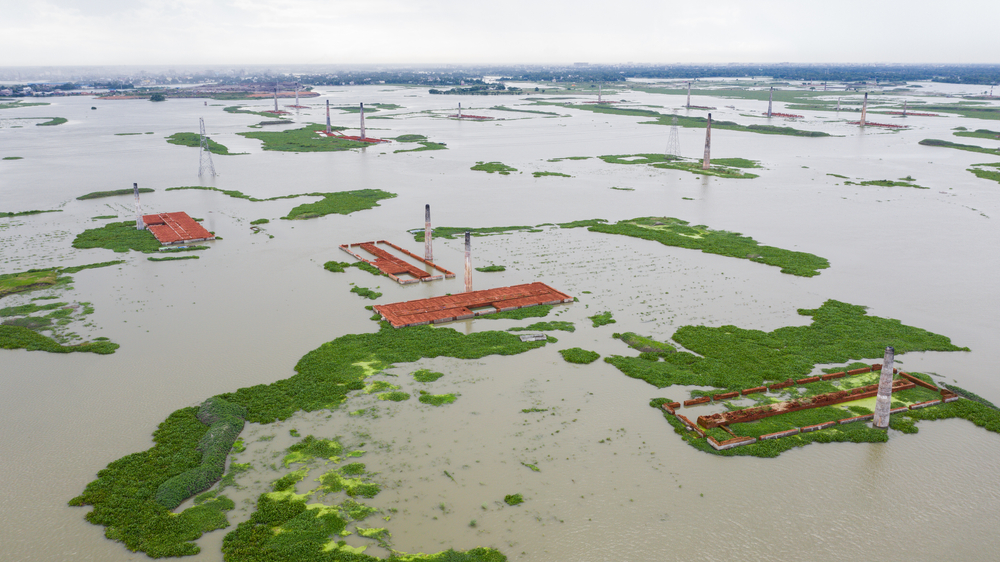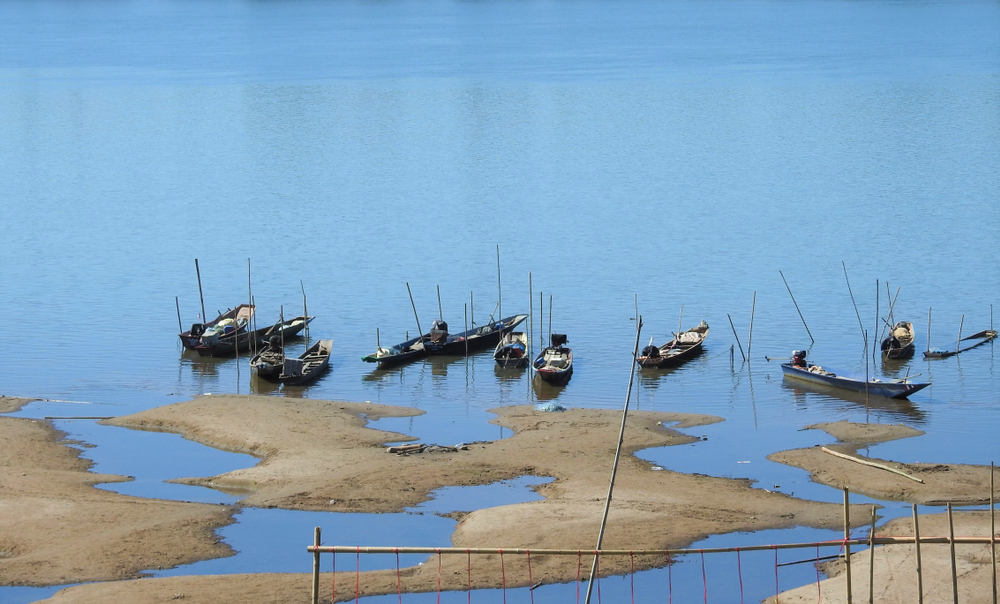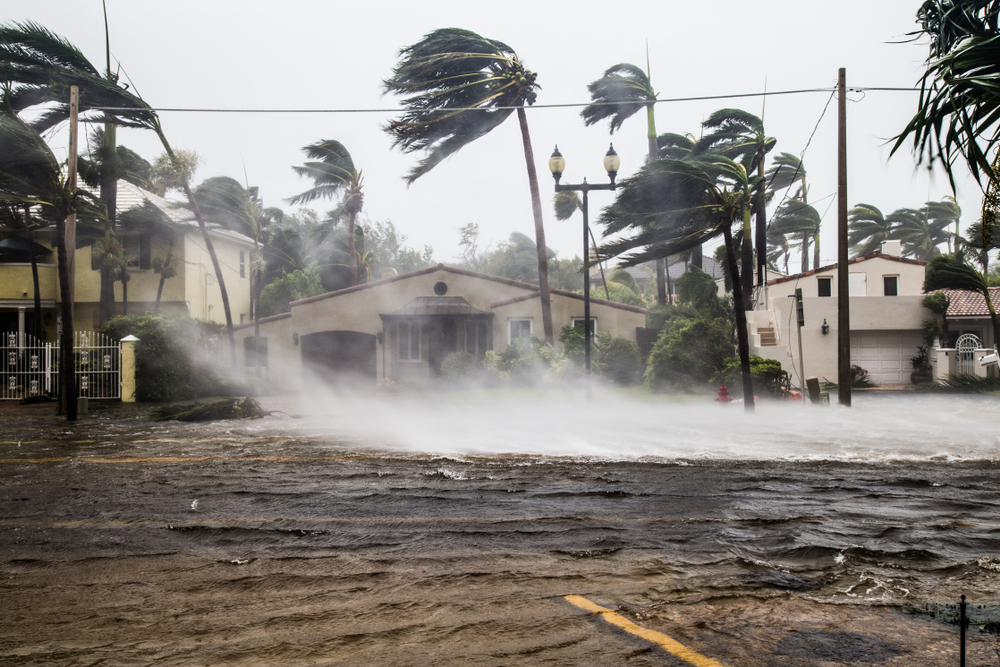Environmental Disasters
Central Vietnam Floods
Dates: October–November 2020
Location: Central Vietnam
Type of Disaster: Floods
Environmental and Human Impact: Heavy rainfall and subsequent flooding in central Vietnam resulted in significant environmental and human impacts. The floods caused landslides, destroyed infrastructure, and caused the displacement of thousands of people. The environmental impacts of the floods include damage to crops, soil erosion, and water pollution.
Mitigation: Emergency response teams were dispatched to the affected areas to provide aid and support to those affected by the floods, and the government has undertaken efforts to repair damaged infrastructure and provide support to affected communities.
Mekong River Drought
Dates: 2019–2020
Location: Mekong River basin, Vietnam
Type of Disaster: Drought
Environmental and Human Impact: The worst drought in 90 years hit the Mekong River basin in 2019-2020, affecting countries including Vietnam, Laos, Thailand, and Cambodia. The drought caused significant environmental damage, including widespread fish kills, and also had major impacts on agriculture and hydropower generation. Many communities also faced water shortages, with some areas having to rely on emergency supplies brought in by boat.
Mitigation: The Vietnamese government launched a series of measures to try to mitigate the impacts of the drought, including providing financial support to affected farmers and improving irrigation infrastructure. However, the long-term impacts of the drought on the environment and local communities remain a concern.
Ha Long Bay Oil Spill
Dates: 2019
Location: Ha Long Bay, Vietnam
Type of Disaster: Oil Spill
Environmental and Human Impact: An oil tanker collision in Ha Long Bay caused a significant oil spill, resulting in severe damage to the marine ecosystem and threatening the livelihoods of local fishermen. The disaster also caused health problems for the local population due to exposure to the toxic oil.
Mitigation: The government and international organizations conducted a cleanup operation to contain the oil spill and minimize its impact on the environment and the local population. However, the long-term effects of the disaster on the marine ecosystem and the health of the population continue to be studied.
Typhoon Damrey
Dates: November 2017
Location: Central Vietnam
Type of Disaster: Typhoon
Environmental and Human Impact: Typhoon Damrey struck central Vietnam in November 2017, causing widespread flooding and landslides. The disaster resulted in 106 deaths and caused significant damage to infrastructure and agriculture. The flooding also posed a significant risk to human health, with reports of outbreaks of diseases such as cholera and dengue fever.
Mitigation: The Vietnamese government launched a major relief effort in response to the disaster, providing food, water, and other essential supplies to affected communities. The government also provided financial support to help farmers and small businesses recover from the impacts of the typhoon. However, concerns remain about the country's ability to respond to future extreme weather events.
Son La Dam Landslide
Dates: 2017
Location: Son La Province, Vietnam
Type of Disaster: Landslide
Environmental and Human Impact: A landslide caused by heavy rainfall resulted in the collapse of a section of the Son La Dam in northern Vietnam. The collapse caused significant environmental damage, including the loss of vegetation and damage to the river ecosystem, and also resulted in the displacement of hundreds of local residents.
Mitigation: Emergency response teams were dispatched to the site to address the immediate impacts of the disaster, and the government has undertaken efforts to provide support to those affected by the landslide.
Formosa Plastics Marine Disaster
Dates: April–June 2016
Location: Central Vietnam
Type of Disaster: Toxic spill
Environmental and Human Impact: Formosa Plastics, a Taiwanese-owned steel and chemical plant, discharged toxic waste into the ocean off the coast of central Vietnam, causing a massive marine disaster. The spill killed an estimated 115 tons of fish and other marine life, and caused significant damage to local fishing communities and the wider ecosystem. The toxic chemicals also posed a significant risk to human health, with many people reporting skin irritations, respiratory problems, and other health issues.
Mitigation: The Vietnamese government initially downplayed the disaster, but eventually launched an investigation and fined Formosa Plastics $500 million for the damage caused. The company also agreed to pay $70 million in compensation to affected communities. However, many locals argue that the government's response was inadequate and that the environmental and social impacts of the disaster continue to be felt.
Agent Orange Disaster
Dates: 1961–1971
Location: Throughout Vietnam
Type of Disaster: Chemical warfare
Environmental and Human Impact: The use of the herbicide Agent Orange during the Vietnam War resulted in significant environmental and human impacts. The herbicide contained dioxin, which is highly toxic and carcinogenic. The spraying of Agent Orange destroyed large areas of forests and crops, contaminated soil and water sources, and caused long-term health effects in both Vietnamese civilians and American soldiers who were exposed to the chemical.
Mitigation: The Vietnamese government has undertaken efforts to remediate contaminated areas and provide assistance to affected individuals, but the effects of Agent Orange continue to be felt in the country.
Copyright © 1993–2025 World Trade Press. All rights reserved.

 Vietnam
Vietnam 


